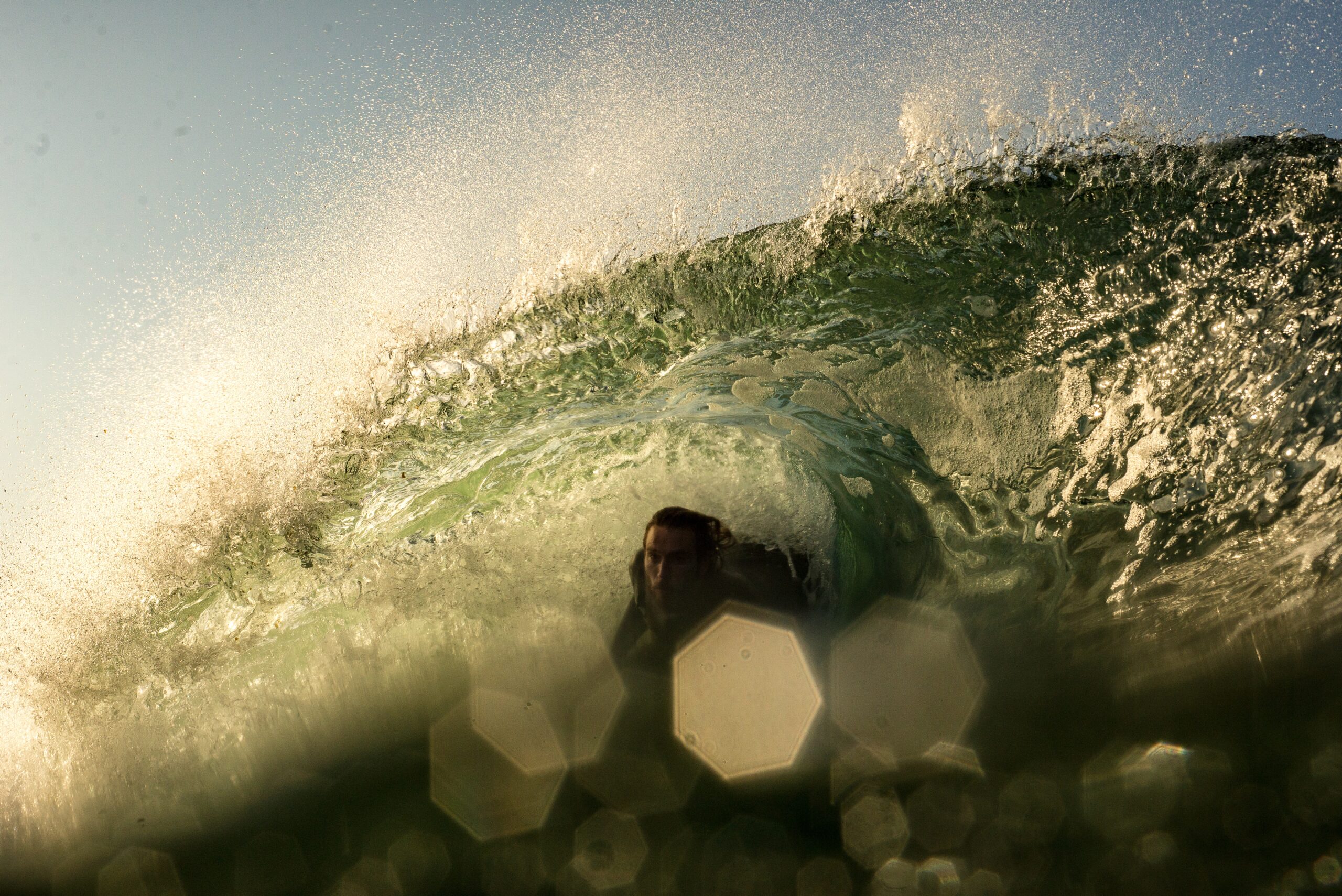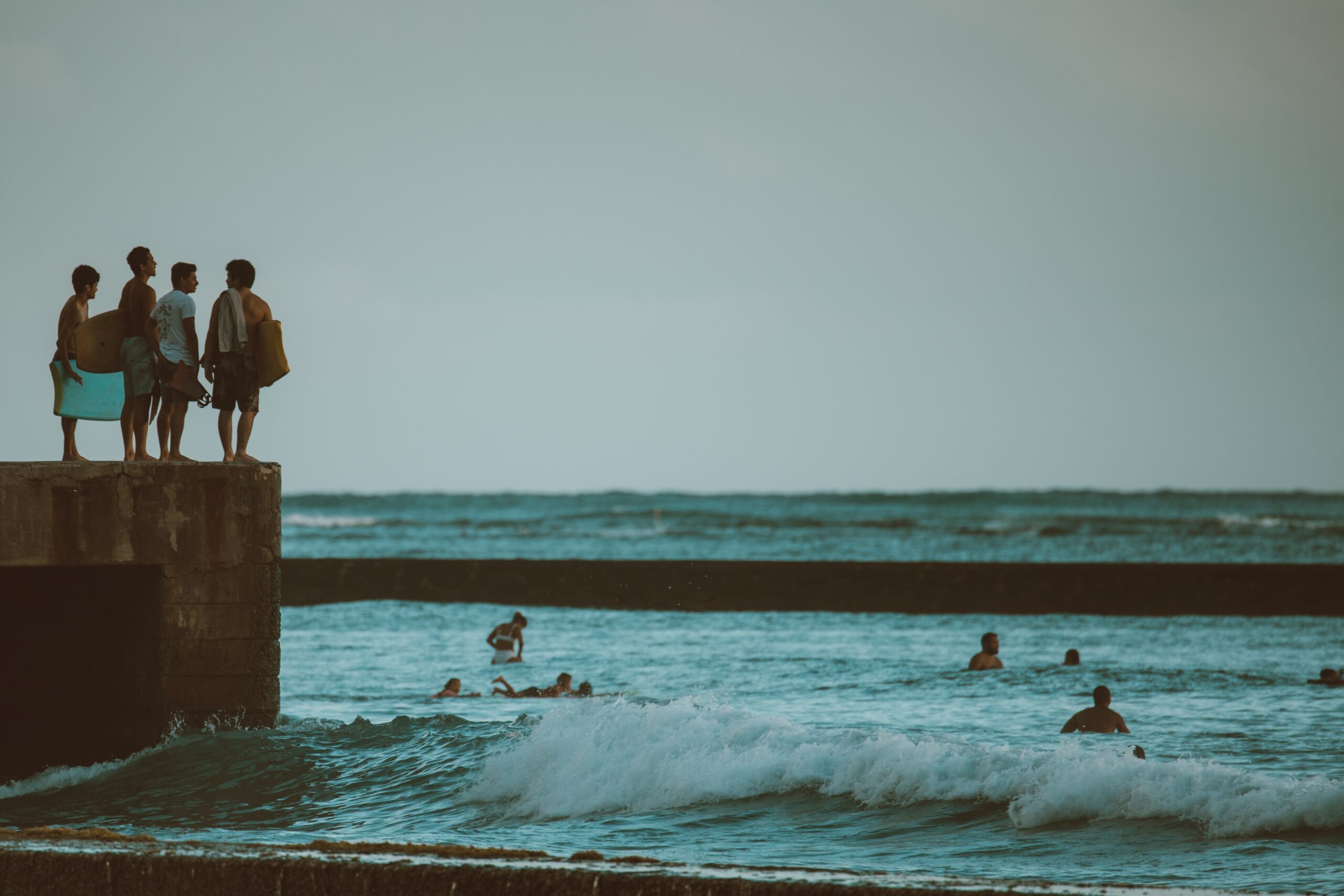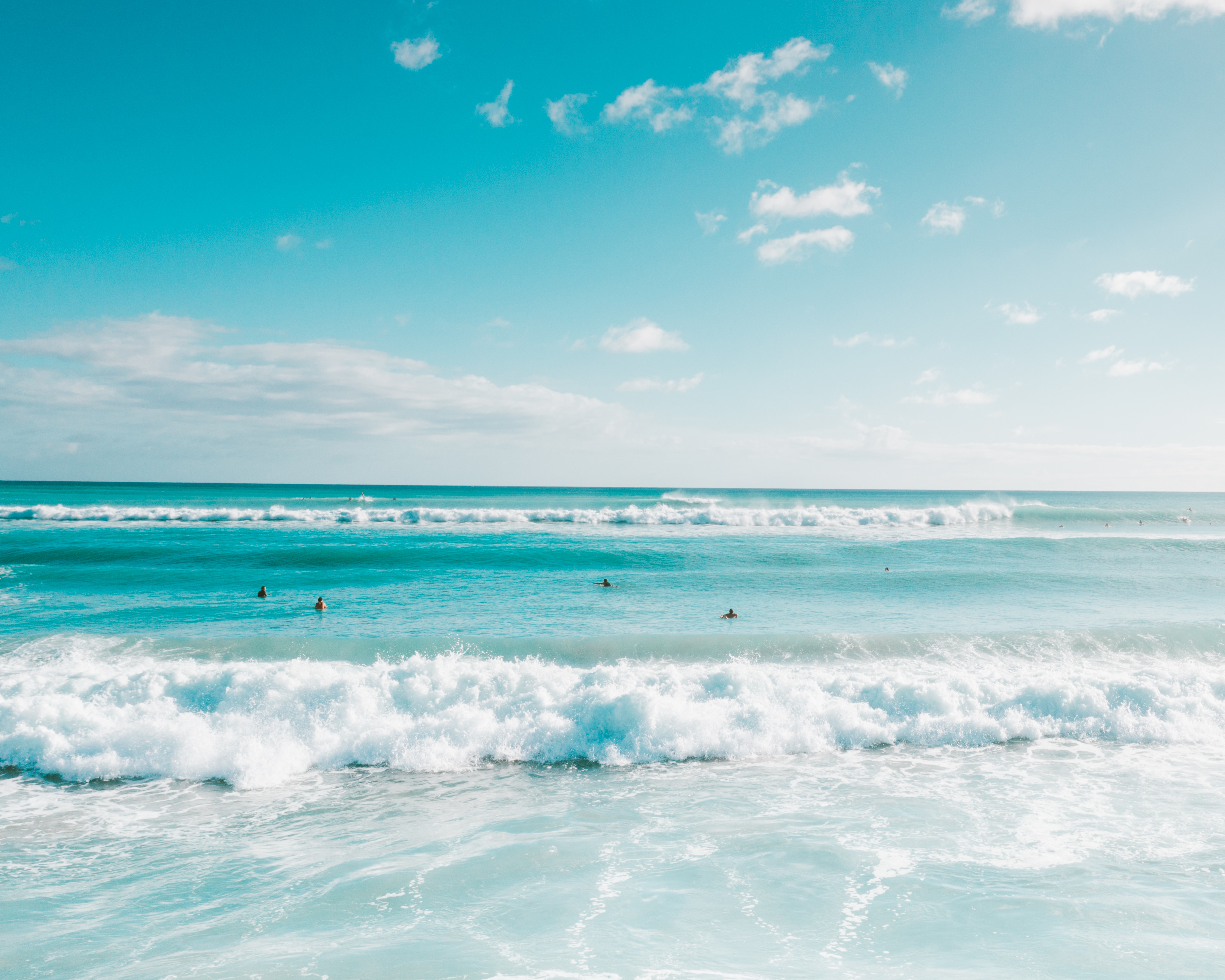Introduction
Bodyboarding is a water sport that includes floating on the waves on a tiny, buoyant board. Although it is frequently considered a leisure pastime, it has also grown in popularity as a sport. We will examine the history and development of bodyboarding tournaments, the abilities needed to compete at a high level, and the difficulties bodyboarders encounter in becoming recognized as professional athletes as we investigate the subject of whether bodyboarding is a competitive sport. Major Sports Leagues in the US may help provide context for those unfamiliar with the sports landscape in the United State. You better check it out too!
The Origins of Bodyboarding: A Brief History
The origins of bodyboarding may be traced back to the Polynesian culture of the past, where surfing waves on a wooden belly board was a popular form of recreation and sport. However, American surfer and pioneer Tom Morey originally popularized the contemporary style of bodyboarding during the 1970s.
The Morey Boogie Board, which Morey invented and subsequently developed, was the first bodyboard to achieve commercial success. The board rapidly became well-liked by surfers looking for a more convenient, inexpensive, and exciting method to ride waves. Since then, bodyboarding has developed into a recognized sport with its own culture, look, and scene.
Bodyboarding is frequently regarded as the pinnacle of wave riding. Fans of boogie boarding may assert that their sport was an earlier outdoor pastime than surfing. And for some people, bodyboarding is simply a quicker method to enter the surf. Depending on the state of the ocean, some riders will either ride a bodyboard or a surfboard. Hardcore riders make up a sizeable percentage who will never switch from a bodyboard to a surfboard.
However, the ongoing argument persists. Better than bodyboarding, is surfing? When you have the option to stand up, why ride prone? Is there a natural method to make use of a wave’s energy? Many of the top surf locations on earth were unwelcoming to bodyboarders thirty years ago. They were not treated with the respect they earned by their fellow wave riders. Bodyboards were produced in a factory, whereas artists hand-shaped surfboards.
A Sport in Its Own Right
However, as time went on, bodyboarding gradually altered how others perceived the activity. People began to appreciate the new, bold maneuvers that boogie boarders had brought. Prone wave riders introduced dangerous and unpredictable elements to the possibilities of riding a wave.
Surfers clapped in approval as bodyboarders touched the sky and incorporated acrobatic, gravity-defying moves into the sport. Should we say it again? Bodyboarding is not a surfing introduction. Bodyboarding is becoming a highly skilled water sport. It is not a summertime pastime. Do not believe the cliche; just because you surf does not mean you can bodyboard.
Bodyboarding competitions have developed to the point that they can no longer be equated to surfing. There is no longer any justification for the ancient physical rivalry between bodyboarders and surfers, or vice versa, but there are a few issues that may be intelligently debated that make spongers proud of their sport. A dedicated bodyboarder will never admit that they began riding prone because it was simpler. It was an opinion. Period. So, if you consider yourself a member of their loyal club, be sure to present the appropriate justifications when the bodyboarding vs. surfing debate arises.
Later, Steeper and Deeper
Let us be clear-headed and logical. It takes fine art to lay on your stomach while descending a tall wall of water. You should “stand up” for bodyboarding. This is why:
1. Bodyboarding is the Closest Thing to Bodysurfing
When you are on a boogie board, your eyes are almost in contact with the water and your heart is closer to the surface. It is an incredible sensation, particularly if you are speeding down a steep wave.
2. Waves on a bodyboard always appear to be larger.
Waves nearly usually break overhead when you are lying down. Putting everything in perspective and adding drama to the experience is riding a wave on your tummy.
3. Bodyboards Fit in the Car’s Trunk
Forget lengthy board transportation inside the car and complicated surf car racks. Bodyboards are a clever and portable wave-riding craft that take up less room than a broken-down table.
4. The Speed Sensation is Better and More Intense
Riding a bodyboard always seems faster than surfing a surfboard in terms of perceived speed. Swim fins give you an extra push, boosting both the perceived and the real speed since your eyes are frequently one foot above the water’s surface.
5. Vertical Wave Faces Can Only Be Dropped into by Bodyboarders
Unquestionably, bodyboarders have access to waves that stand-up surfers are not legally permitted to ride. Bodyboarders have an advantage over other surfers in that they can enter waves later, steeper, and deeper.
6. Paipo Boards Are Older Than Surfboards
The wooden planks known as paipo boards, which have been used since at least 2,000 BC, are the natural ancestors of bodyboards. Long before the first early modern longboards were made, people had been riding them on ocean waves.
7. Bodyboards Are More Resistant Than Surfboards
In the center. Boogie boards combine flexibility and stiffness. On a bodyboard, you seldom ever need to perform dent repairs.
8. Bodyboarders Expand Their Airs
Bodyboarders utilize their legs and swim fins to propel themselves into the air by taking advantage of hollow, rapid, and strong waves. They possess the ability to launch themselves into the air with the force of a cannon.
9. Only Bodyboarders Can Surf Closeout Waves
Bodyboarders may ride in the early stages of a closeout wave because they can enter waves faster than surfers. A closeout wave in bodyboarding doesn’t always imply getting pummeled or losing control.
10. Bodyboards Are Cheaper Than Surfboards
Bodyboards are often far less costly than surfboards. A nice surfboard costs half as much as a professional boogie board.
The Benefits of Bodyboarding for Your Health and Fitness
Bodyboarding is not only an exciting and entertaining activity, but it’s also a fantastic workout that encourages general fitness and good health. Bodyboard surfing calls for physical stamina, endurance, coordination, balance, and the use of several muscular groups, including the back, arms, legs, and core.
A low-impact sport that is easier on the joints than others like jogging or football is bodyboarding. It can aid in stress reduction, weight loss, and the enhancement of cardiovascular health as well as agility and flexibility. Additionally, bodyboarding is done in open water, which provides a tranquil and natural setting that might be beneficial to one’s mental health and welfare.
Essential Gear and Equipment for Bodyboarding
You need some basic clothing and equipment that will keep you protected from the weather and improve your performance to enjoy bodyboarding securely and comfortably. The essential things are:
- A bodyboard: this is the most important item, which should be made of high-quality foam, with a slick bottom and a leash attached to your wrist.
- A wetsuit is important to offer buoyancy, flexibility, protection from UV radiation, and warmth in cold water. Depending on the water’s temperature and your degree of comfort, wetsuits come in a variety of thicknesses and materials.
- Swim fins: By adding more power and maneuverability, they can let you paddle faster and catch waves more readily. They should be composed of strong and flexible material, and they should fit snugly and pleasantly.
- Additional items include board wax, sunscreen, a towel to dry off with, and a backpack to transport your equipment



